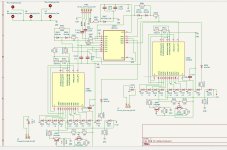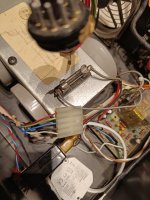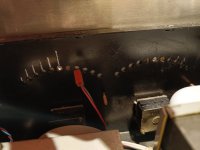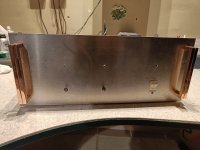hiGratulation and enjoy
its a great amp design,
have using in my apartment 750B with Infinity kappa and Infinity studio monitor, ypu can feel bass eahrtquake in your bathroom
have rebuild during Covid-19 lockdown 750B VU Meter for Class D
do you have any printed VU meter pcb laying around for sale ? plans to add vu meters to my 750C 🙂
or if you did use kikad you can send me the files to.
made an copy of the bgw 750B vu led pcb. and rebuilding my 750C to 750B let me know if you want to order a pcb. Any one know what forward voltage and current to use if i don want them to light to much or to little.
R527 = 1.5k 2W wire wound
R527 = 1.5k 2W wire wound





